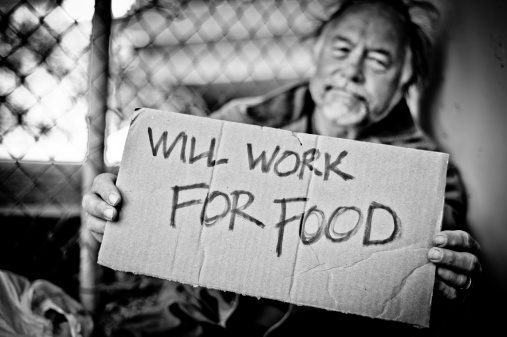Homelessness in Michigan on the Rise Says HUD Report
U.S. HOUSING Urban Development Secretary Julián Castro today announced HUD’s latest estimate of homelessness in the U.S., noting a continued general decline and specifically among veterans and persons living on the street. HUD’s 2014 Annual Homeless Assessment Report to Congress finds that there were 578,424 persons experiencing homelessness on a single night in 2014. This represents an overall 10 percent reduction and 25 percent drop in the unsheltered population since 2010, the year the Obama Administration launched Opening Doors, the nation’s first comprehensive strategy to prevent and end homelessness.
Michigan, however, had one of the highest one-year increases in the nation in the number of homeless from 2013 to 2014, according to data released Thursday by the U.S. Department of Housing and Urban Development.
The number was up by 700 from 11,527 to 12,227, the fifth highest increase overall behind New York, Massachusetts, Nevada and Washington, D.C. Michigan was one of 14 states that saw an increase.
The number of homeless nationwide in 2014 dropped by 2.3 percent, but Michigan saw a 6.1 percent one-year increase. It comes at a time when the state is pulling out of a long-term recession and the jobless rate is inching down as economic activity shows a revival.
The hike is a reverse of the downward trend in the state over the past seven years. Michigan’s homeless population fell by 59.3 percent between 2007 and 2013, falling by 16,768 people to 11,527. During that time Michigan had the greatest percentage decline in its homeless population during the period as the state’s overall population also fell.
HUD released the data in its annual report to Congress. The department used “point in time” counts measuring the homeless on one night in late January.
Nationwide, 578,424 people were homeless, a drop of 2 percent between 2013 and 2014 and 11 percent since 2007. Most — 69 percent — were in programs for the homeless: emergency shelters, transitional housing programs or safe havens. The remaining 31 percent were in unsheltered locations. Those are places not meant for habitation — parks, abandoned buildings or sidewalks.
Officials said progress is being made, especially in cities concentrating on “providing housing first.” HUD Secretary Julian Castro said a focus on housing the homeless and then dealing with other challenges they have ends up saving lives and saving money “because folks are no longer caught in the cycle of shelters and emergency rooms.”
Castro said on a media conference call that the latest nationwide numbers show people should be optimistic on the continuing reduction of the homeless population.
“These statistics represent more than numbers on a page,” he said. “They represent folks getting a fresh start and a chance to build a better future.”

